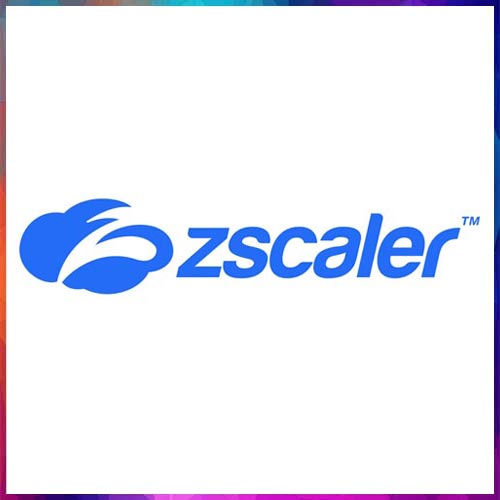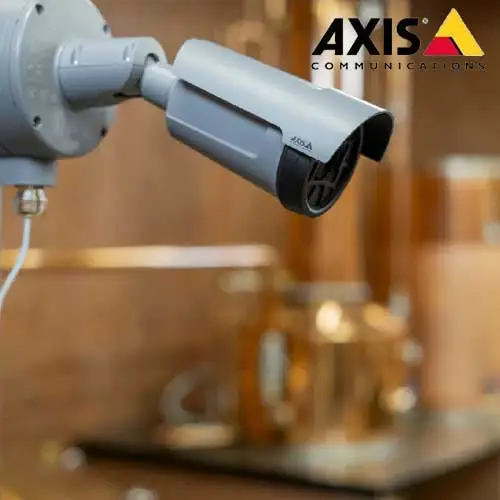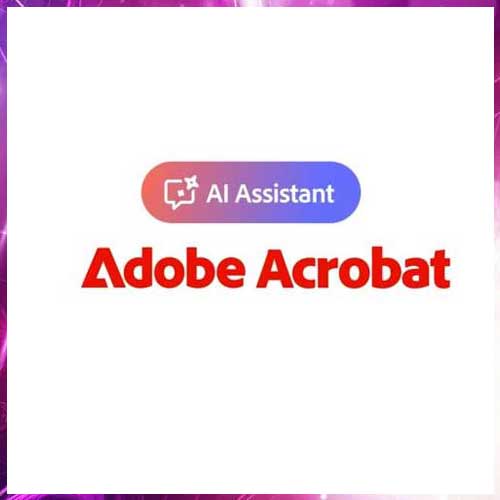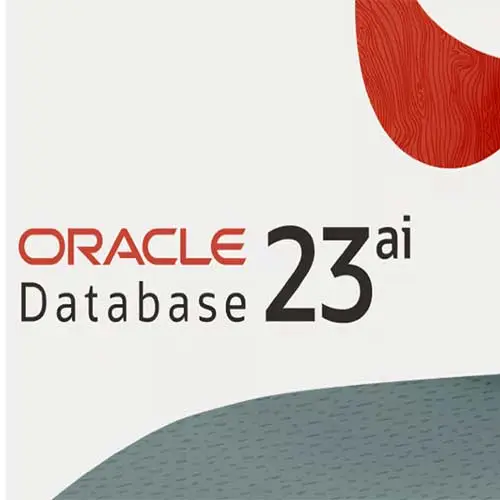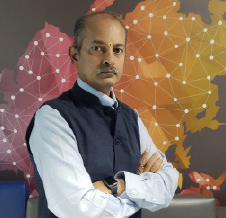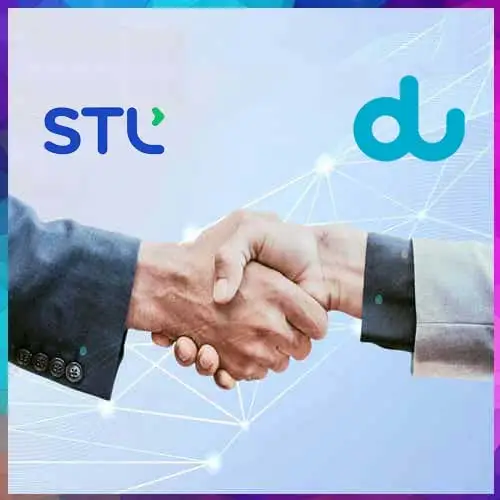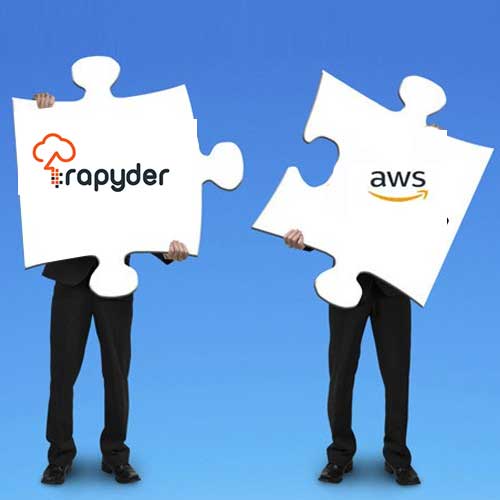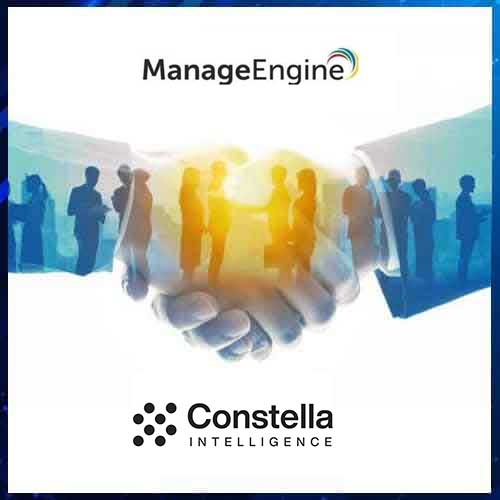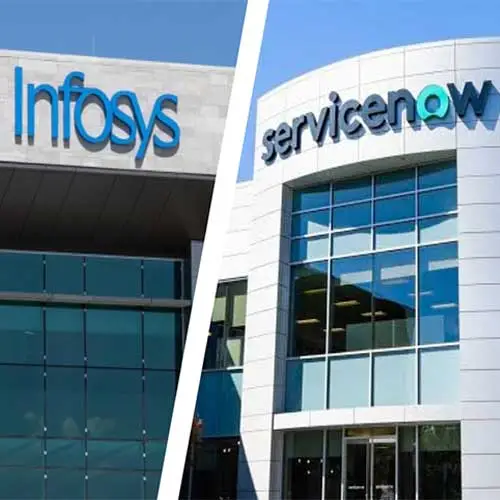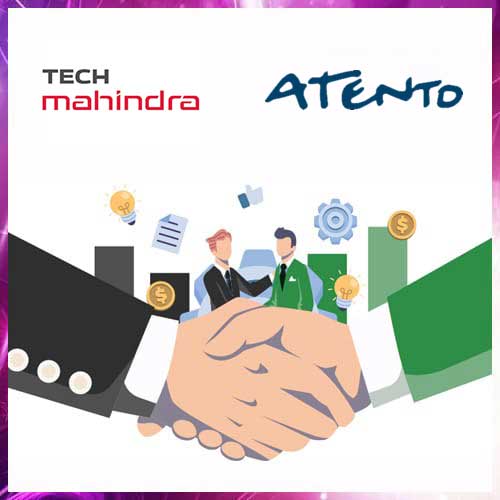Blockchain - Connect & Collaborate

The industry is excited to adopt and deploy this new technology but understand that it will need a more peer to peer consensus to make it feasible, where a net-work of computers, based on complex algorithms, will speak to each other instead of a central bank repository.
The foundation of any financial institution or technology is based on the modicum of trust. While blockchain is being tried and tested by numerous bank globally, albeit in a variety of sandbox models and initial pilots, it is vital that the technology has multiple players and early adopters on board who are mutually trustworthy to make this invention a success. Industry is excited about blockchain technology but understand that it will need a lot more P2P consensus to make it feasible. As blockchain emerges from the shadows of bitcoin, experts are heralding it as the ‘mother technology’, which has catalysed the massive global FinTech revolution and provided cost-optimised solutions to a host of financial problems that have been plaguing the industry for a while. The widespread acceptance of this disruptor has already been proved with a vast majority of banks (both global and domestic) adopting pilot initiatives to understand the effectiveness that this technology brings to the table with the focus on transparency and transaction speed. Trade finance, clearing and settlement, and loan syndication are most primed for wide adoption of the blockchain, a constantly updated ledger which is reliable and cannot be altered or fudged. Every player is a block, and the authenticity of the documentation, which is irreversible and traceable, can virtually turn the financial sector into a self-governed public trust system that has absolute accountability and total transparency. With blockchain comes the added advantage of a robust system with a different maker and checker, leading to multiple opportunities and intrinsic checks and balances for early stage fraud detection and mitigation.
Major Trigger/Enablers:-
* Organising- Building one block at time: While going for technological and transactional clarity, organisations will have to accept uncertainty and be nimble footed with a long term vision aligned with short term objectives. Given the complexity, encryption and distributed nature of the blockchain, transactions undertaken by this technology could take a while to process. Blockchain is essentially a ‘program’ that is continuously tweaked, thus augmenting complexity. While developing the blockchain strategy, organisations would need to understand that the actual results may not be in tandem with expectations.
* Educating Stakeholders: The banks and the service providers may have to rethink their business models, change the approach to stakeholder engagement and manage substantial mind-set conversion to collaborate externally. In other words, the technology will only work if everyone is willing to adopt it. As banks are experimenting on developing blockchain based multi-nodal system to digitise vendor financing fully for its clients, it is necessary to empower and educate these clients to imbibe the technology. Without the proper ecosystem, the banking sector will not be able to encash the full potential of a technology, which is dependent on every player it is interlinking. It has to be all or nothing in the long term.
* Common computing Infrastructure: As the banking sector is fairly excited about the technology providing speed to transactions and helping in checking the authenticity of clients and deals, it will need to take specific steps to create and endorse the common computing infrastructure which should necessarily define rights, obligations, controls and standards. Cross-functional and cross-industry collaboration will be the key to build the nodes of the blockchain.
Conclusion:
Redesigning processes and learning, while implementing blockchain, will be the two most important steps in making the technology successful. As governance issues are handled by consortiums, individual efforts should continue seamlessly to showcase the business and use case of the technology. Design and innovation-led management decisions should leverage blockchain in the same way banks implemented FinTech, data analytics, predictive learning and artificial intelligence. The block of change are here to stay, and the banks of the future should be agile, need to embrace the technology and multiply to be sustainable.
See What’s Next in Tech With the Fast Forward Newsletter
Tweets From @varindiamag
Nothing to see here - yet
When they Tweet, their Tweets will show up here.





